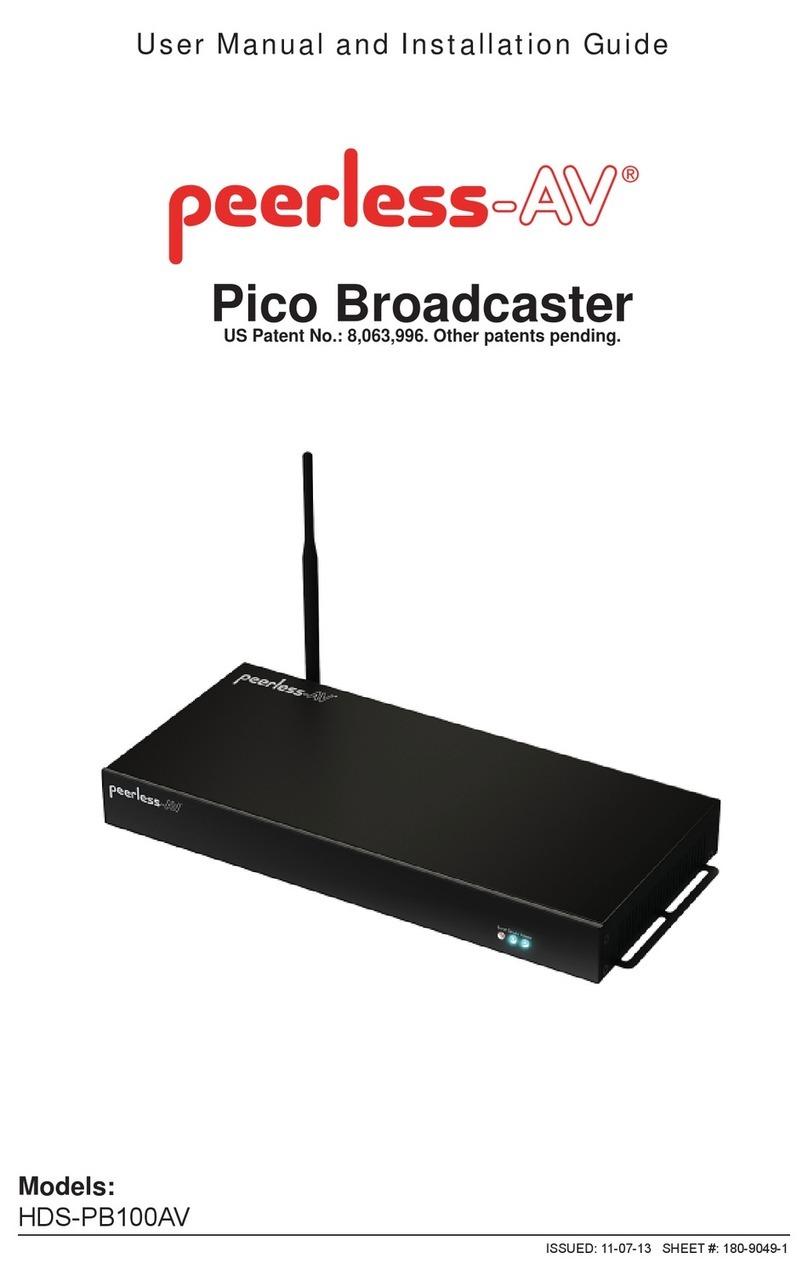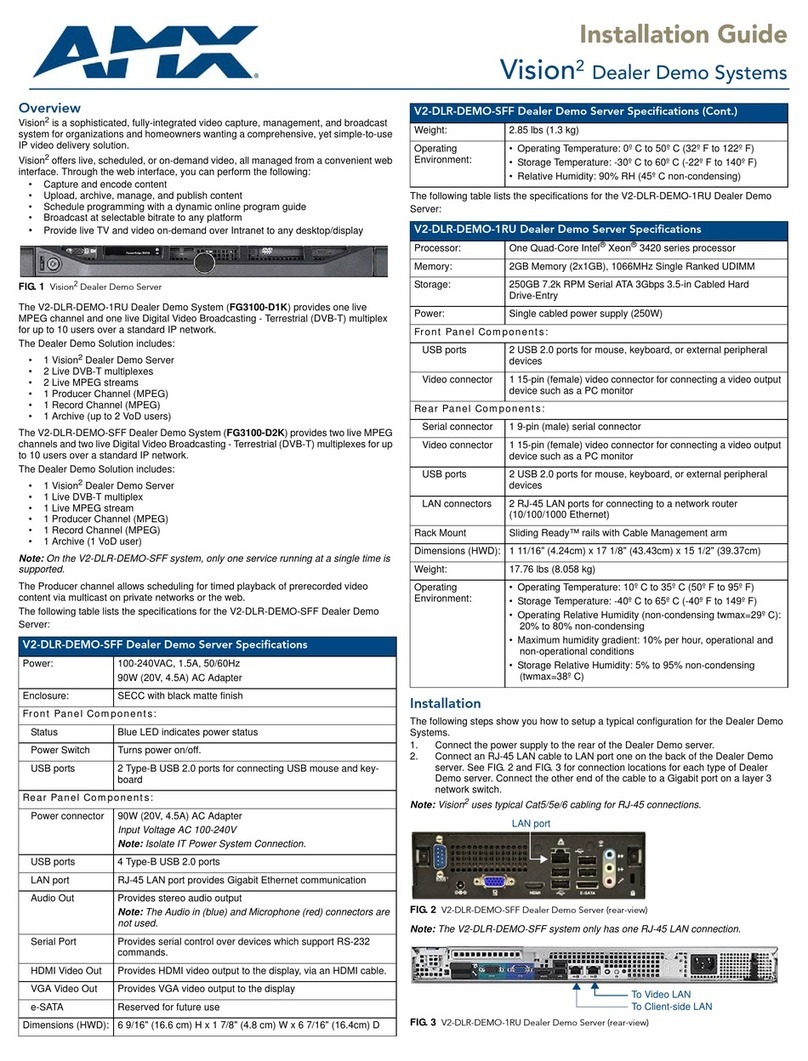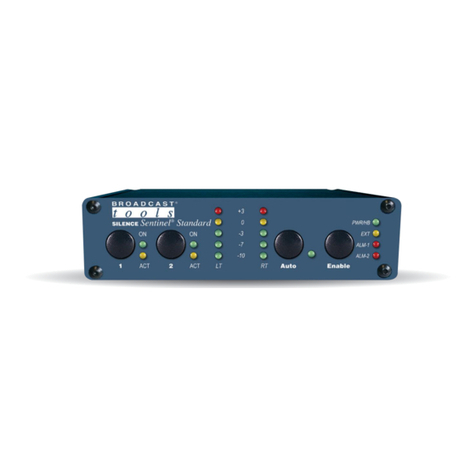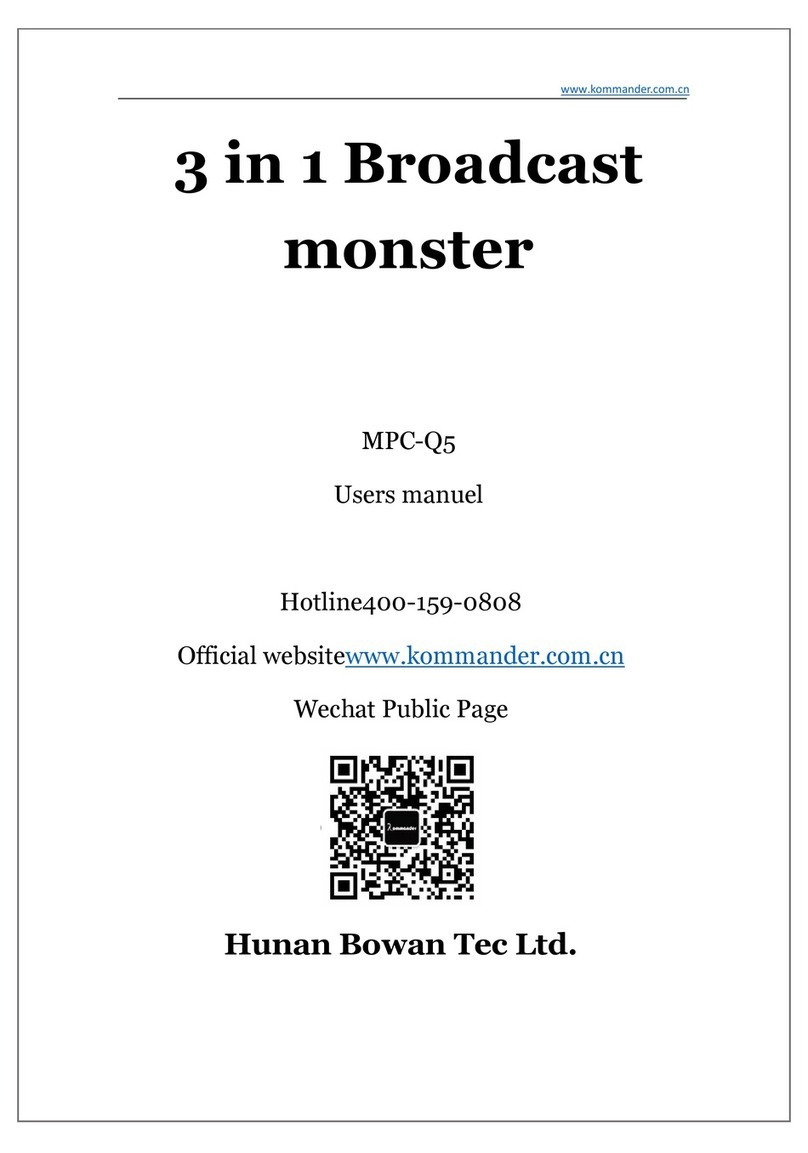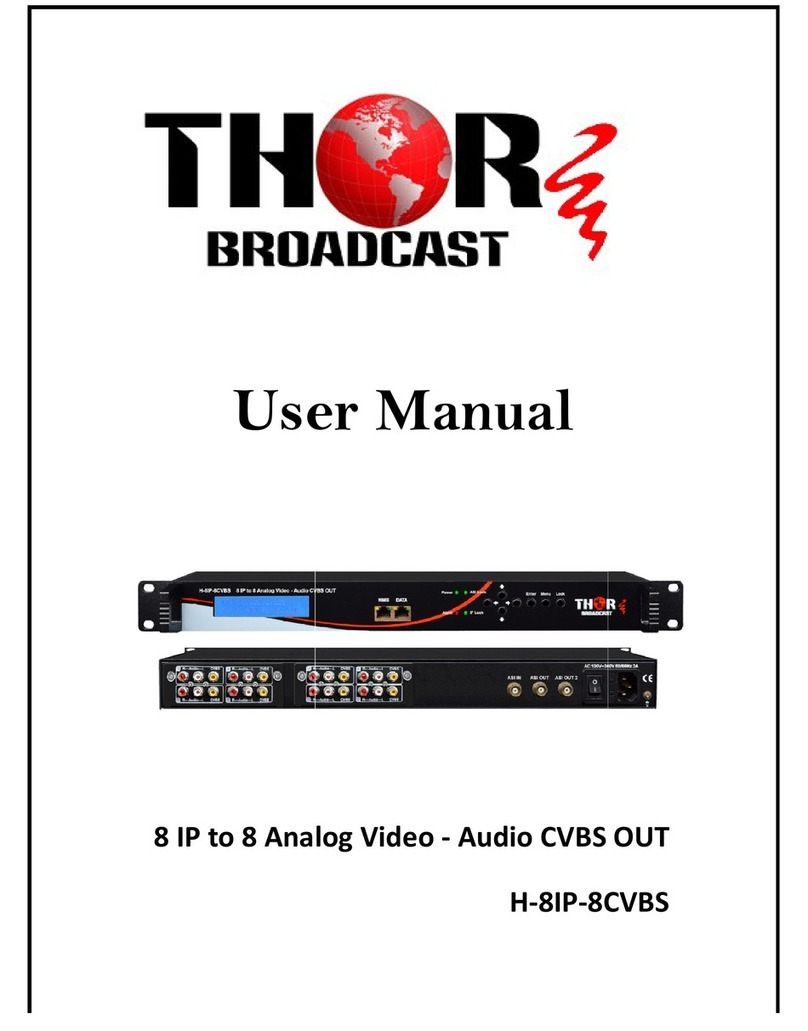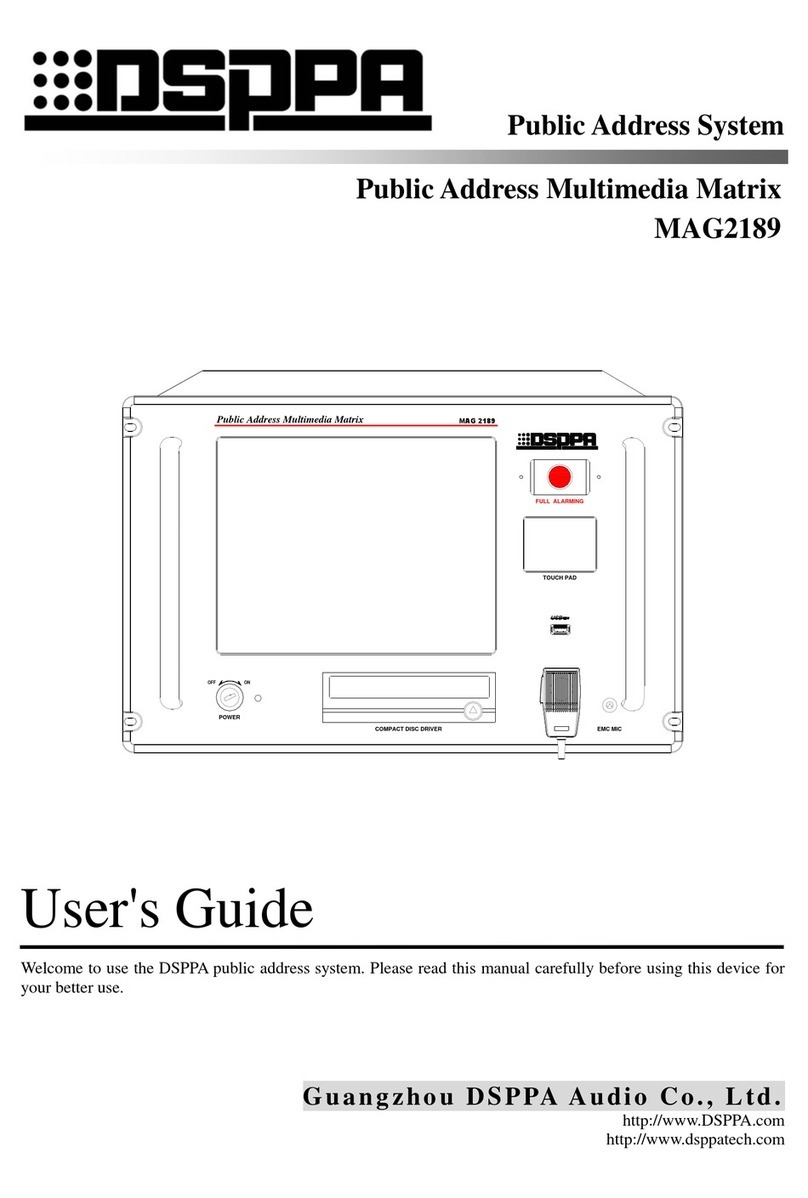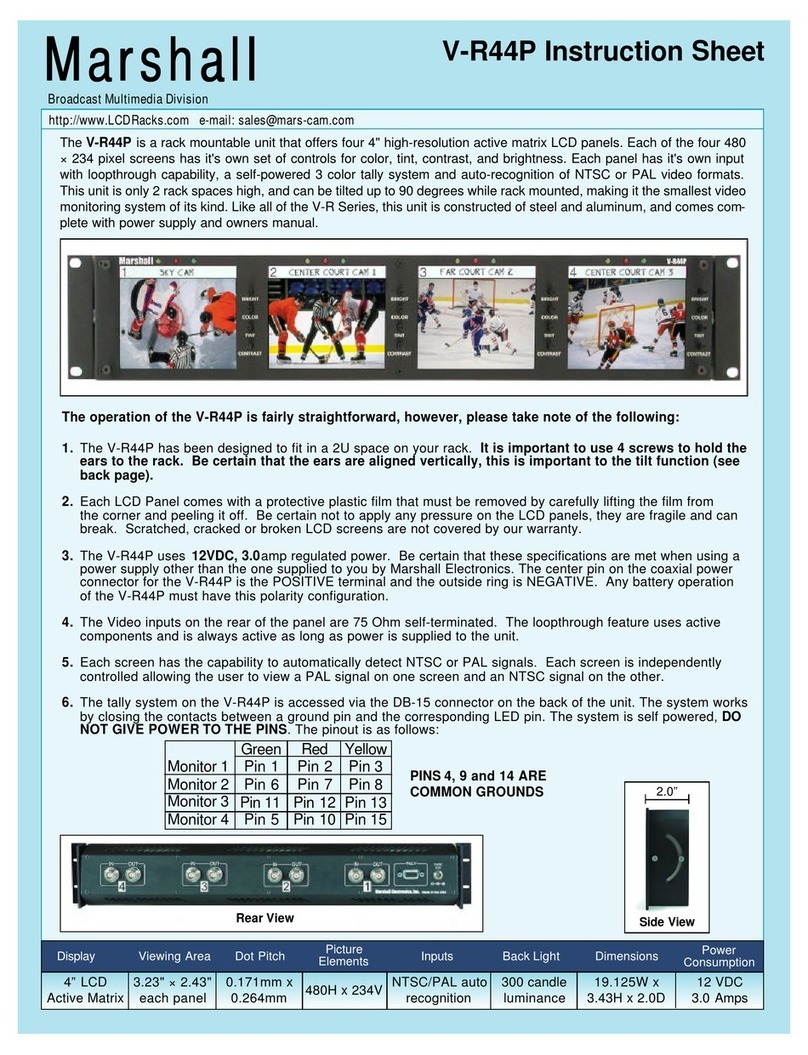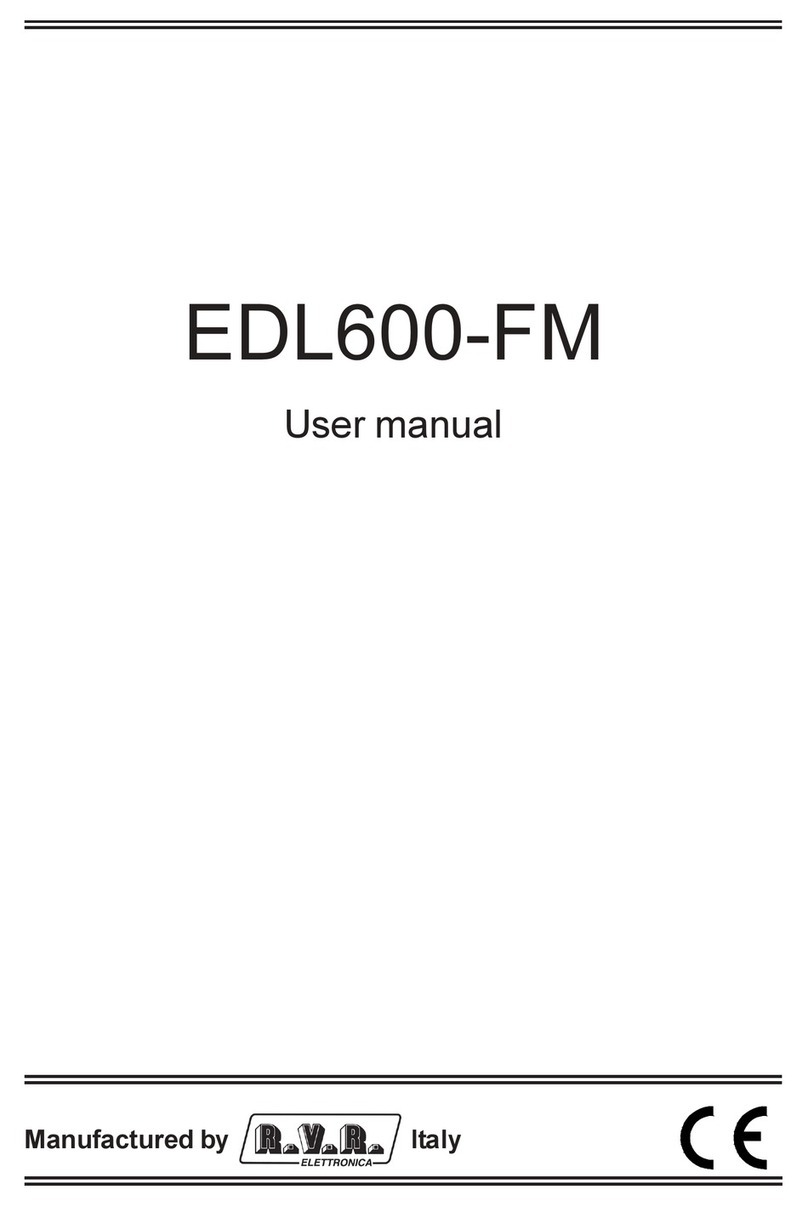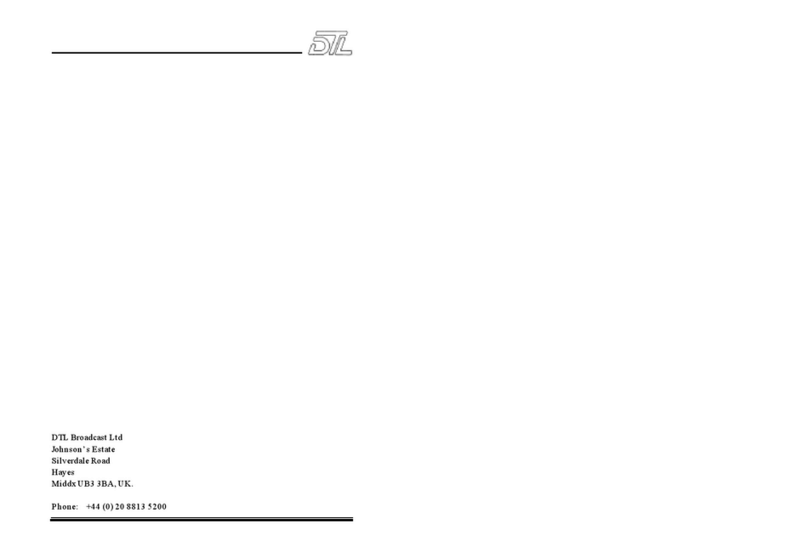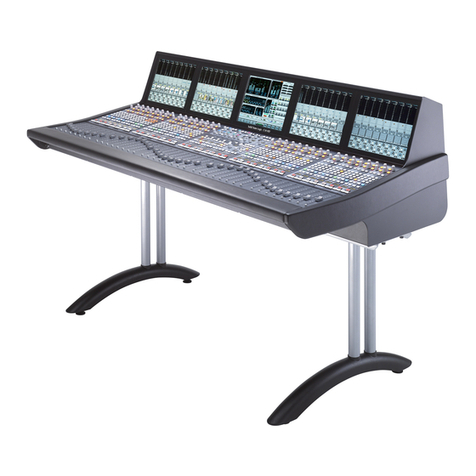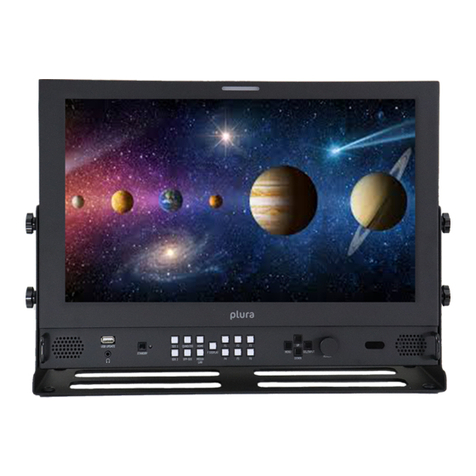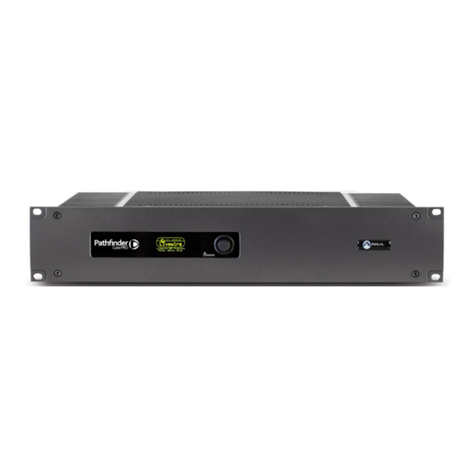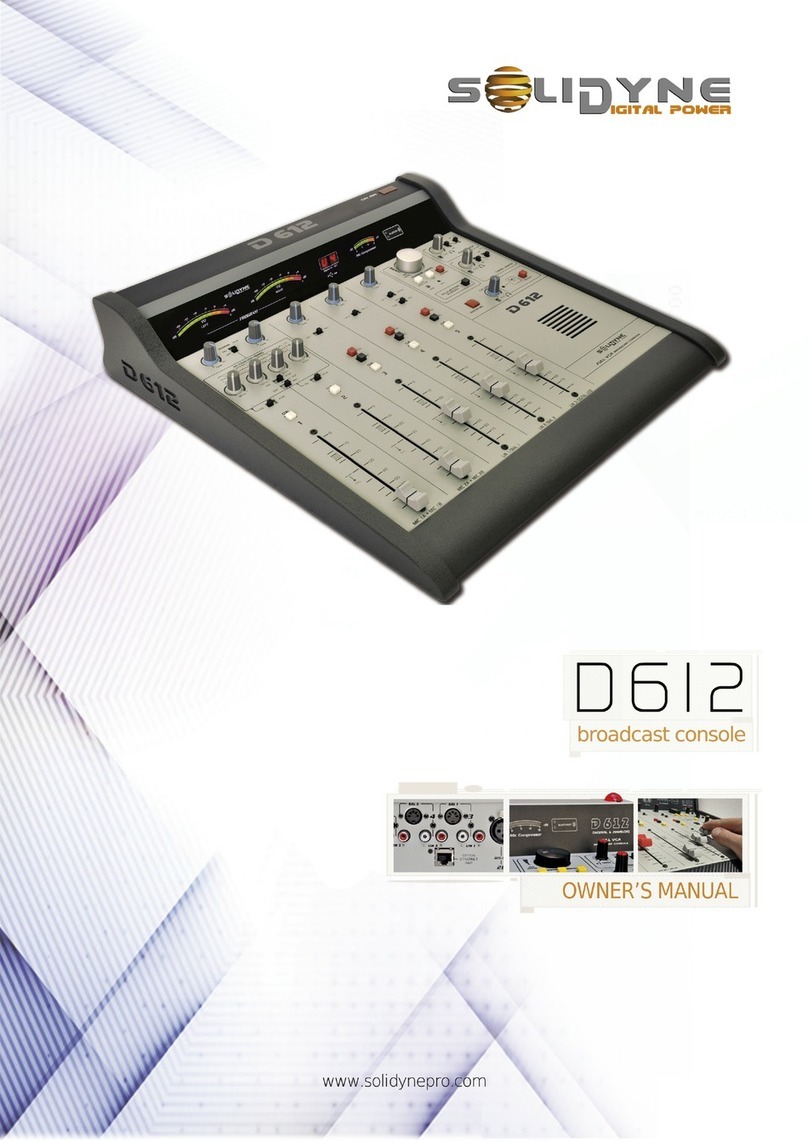2
©Alice Ltd 2019 t/a Alice Soundtech™Rev 5.0
DUAL MICROPHONE INPUT - Two separate, state of the art mic pre-amps gives individual gain pre-set and phantom
power for different microphone configurations. Remote control of channel ON, OFF, COUGH, & REVERSE TALKBACK
is steered through the A/B switch to allow connection of illuminated remote buttons at the selected microphone
position. Loudspeaker muting and on- air lights are separately programmable between control room and studio.
DUAL STEREO LINE INPUT - Two electronically floating balanced stereo inputs, with individual gain pre-set accept
signals from varying sources, including domestic equipment, without additional level matching interfaces. Remote
switching is steered through the A/B input select switch and steady state or pulsed control outputs may be
programmed separately for each input. Left and right buttons allow either the left or right channel to be directed to
the stereo output, (selecting both switches the channel to mono).
MACHINE & MICROPHONE TIMERS - are fitted as standard, and a further optional timer unit can be fitted to all but
the smallest frames for use with the off-air record mix.
METERING - Three PPM meters are fitted as standard (VU meters are available to special order). The metering is
configured so that the stereo meters show PGM output and the mono meter follow the source selected on the
Control Room monitor module and overridden by CUE. Additional meter modules may be fitted to mixer frames
(space permitting) to monitor REC, AUX and MONITOR outputs - these can be ordered with the mixer or easily user-
fitted later.
PFL/CUE - may be jumper selected to automatically cancel when channels are put to air, allowing easy junctions into
network feeds and preventing accidental cueing of open channels.
LOGIC - Opto isolated start/stop outputs allow connection to almost any logic levels, virtually eliminating the need
for engineers' 'black boxes' to interface differing makes of studio equipment. The A and B inputs are separately
programmable with either steady state or pulse signals to allow for dissimilar machine start/stop requirements, even
on the same channel. Provision is made for control of start/stop logic functions by external remote-control buttons.
Microphone channels can also be remote controlled with external remote button provision for ON, OFF, COUGH and
REVERSE TALKBACK to operator. This extensive remote control can allow a newsreader at a remote position to play
in his carts.
FRONT PANEL CONTROLS
DUAL INPUT MICROPHONE MODULE (2001/2101)
GENERAL - The dual input microphone module features two, separate, state of the art, transformer less pre-
amplifiers with a noise figure, at full gain, within 0.5dB of theoretical limits and a common mode rejection typically
better than 2OdB. Individually adjustable internal pre-sets allow for differing microphone types and working
distances at the A and B mic positions. Gain is adjustable in the range of - 4OdB to -7OdB, with a further +/- 10dB
gain available from the front panel trim pot, giving a total range of -3OdB to -8OdB. High level audio switching after
the pre-amps prevents switch clicks.
The comprehensive logic control may be programmed independently for each input. Remote control of ON, OFF,
COUGH and REVERSE TALKBACK commands are available together with LED drivers for remote button illumination.
These are automatically steered to and from the appropriate mic position via the A/B switch.
Controls have been kept simple and uncluttered to allow self-operation by relatively non-technical staff. Large
illuminated push buttons are provided for major functions.
TRIM - Allows +/- 10dB gain adjustment. The pot gives continuous gain adjustment, whilst maintaining maximum
headroom at all gain positions.
INPUT SELECT - Selects between the A or B mic inputs and steers the programmable control
logic to and from the appropriate mic position, Separate high brightness LED’s are situated adjacent to the A/B
switch to give clear indication of which input is selected.
OPTIONAL EQ - Provides 15dB boost or cut at 60Hz (LF) and 12kHz (HF) with a shelving characteristic, and 15dB
